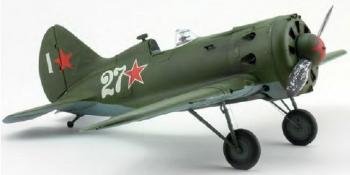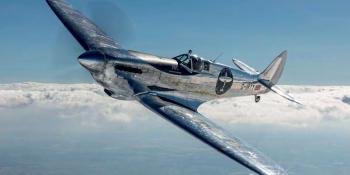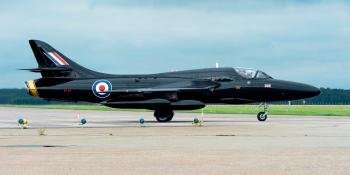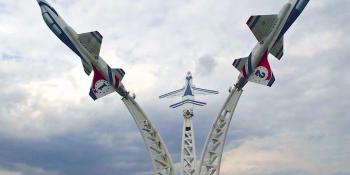VIETNAM WAR F-100
Super Sabre pilot Carrol Johnson relates his experience of flying the F-100 in the Vietnam War to Bill Cahill
It was not a glamorous role. The USAF F-4 Phantoms of the 8th Tactical Fighter Wing’s ‘Wolfpack’ were known for their MiG-killing prowess, while the F-105s secured their place in history through sacrifice in attacking welldefended targets in North Vietnam.
However, the F-100 Super Sabre, though it flew 360,283 combat sorties, was relegated to relative obscurity. While it might have become a footnote in most histories of the Southeast Asia air war, to the soldiers on the ground in the Republic of Vietnam, the ‘Hun’ (short for ‘hundred,’ a reference to its designation number) provided vital, life-saving close air support.
Based on experience gained in the Korean War, the US started work on what was to become the F-100 in January 1951. Developed as an air superiority fighter, the F-100A entered service in September 1954, followed by the fighterbomber F-100C in July 1955. The improved ‘D’ model featured better electronics, was armed with four 20mm M39E cannon and featured six underwing pylons for 7,040lb (3,193kg) of bombs, rockets or missiles. At the height of combat operations, …





